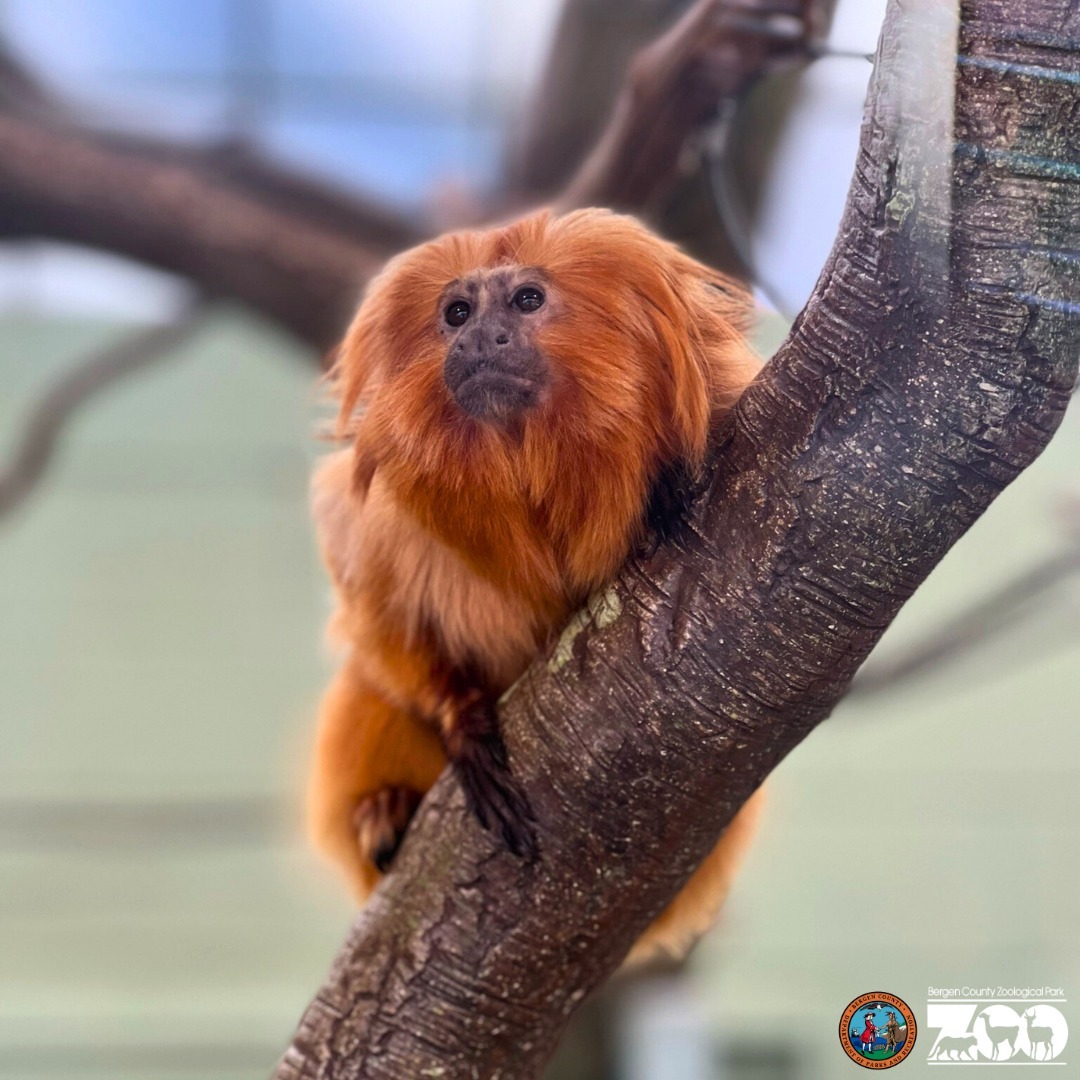- The significance of International Golden Lion Tamarin Day
- The role of zoos in Golden Lion Tamarin conservation efforts
- The threats faced by Golden Lion Tamarins in the wild
- Success stories and statistics from conservation initiatives
- Ongoing requirements and strategies for the preservation of Golden Lion Tamarins
International Golden Lion Tamarin Day is an important occasion that highlights the plight of one of the world’s most endangered primates. Celebrated globally, the day raises awareness about the Golden Lion Tamarin and the vital conservation efforts needed to safeguard its future. By visiting places like the Bergen County Zoo, individuals can learn about these captivating creatures and the successful breeding programs that have helped to increase their population. This day is a reminder of the critical role zoos play in wildlife conservation.
Zoos have become instrumental in the conservation of Golden Lion Tamarins. In the 1960s, these primates faced extreme threats from habitat loss and had dwindled to fewer than 200 individuals in the wild. Continuous deforestation and human encroachment in the rainforests of Brazil threatened their very existence. However, the Golden Lion Tamarin population has seen a significant resurgence through coordinated breeding programs and collaborative efforts among zoos worldwide. Many tamarins that currently thrive in the wild are descendants of those born and raised in captivity. This achievement underscores the importance of zoos not just as places for public education and enjoyment but as key players in the fight against extinction.
The threats faced by Golden Lion Tamarins are multifaceted and severe. The primary threat is habitat destruction. Brazil’s Atlantic Forest, where they reside, has been reduced to a fraction of its original size due to deforestation for agriculture, urbanization, and infrastructure development. This large-scale habitat destruction fragments populations, making it difficult for tamarins to find food, mates, and resources necessary for survival. Additionally, human activities such as poaching and illegal pet trade further endanger these primates. Conservationists have had to address these issues directly by creating protected areas, reforestation projects, and educational campaigns aimed at local communities to reduce human-wildlife conflicts.
The success stories from conservation initiatives are inspiring. One crucial program is the Golden Lion Tamarin Conservation Program, which has worked diligently to increase the population through habitat restoration, community engagement, and scientific research. Thanks to these combined efforts, the population had increased to over 1,000 individuals by 2003. Another landmark achievement was successfully reintroducing captive-born tamarins into their natural habitat. This initiative demonstrated that captive-born animals could adapt to the wild and contribute to natural population dynamics with proper training and acclimatization.
Moreover, statistics from these conservation initiatives provide a clear picture of progress. Today, there are approximately 3,200 Golden Lion Tamarins in the wild, with about half of them being descendants of zoo-bred individuals. These numbers illustrate the positive impact of global conservation programs. However, these figures also highlight the continued need for protective measures to prevent the population from declining again. Successful cases not only build hope but also act as blueprints for similar conservation efforts for other endangered species.
Ongoing conservation efforts require multifaceted strategies to maintain and further the progress made so far. One such strategy is the creation and maintenance of biological corridors, which connect fragmented habitats. These corridors facilitate genetic diversity by allowing tamarins to move between isolated forest patches. Another crucial strategy involves local community engagement. Educating and involving local populations in conservation efforts ensures they become guardians of their local biodiversity. For instance, sustainable land-use practices can be promoted, which in turn protect the habitats of Golden Lion Tamarins. International cooperation is another essential facet of conservation efforts. Sharing resources, knowledge, and best practices globally can lead to more effective strategies and outcomes.
Scientific research is indispensable in these ongoing efforts. Researchers study tamarin behavior, genetics, and ecology to better inform conservation strategies. For example, understanding how tamarins use their habitat can help design better reintroduction programs and habitat restoration projects. Genetic studies ensure the reintroduced population remains genetically diverse and resilient to diseases and environmental changes.
To continue the momentum, funding and policy support are critical. Conservation programs require substantial financial resources for fieldwork, research, and community outreach. Government policy support ensures that conservation initiatives are legally backed and integrated into broader environmental and developmental agendas. For instance, enforcing laws against illegal logging and wildlife trade is vital for the survival of golden lion tamarins.
International Golden Lion Tamarin Day is a powerful reminder of the importance of conserving endangered species through concerted global efforts. Once on the brink of extinction, Golden Lion Tamarins have seen a turnaround thanks to the coordinated work of zoos, researchers, and conservationists. Despite the successes, the journey towards their complete recovery and long-term survival demands unwavering commitment, innovative strategies, and collaborative action. By understanding their plight, recognizing the progress made, and supporting ongoing efforts, we can contribute to a future where these remarkable primates thrive in their natural habitat once again.
*****
Source Description
Today is International Golden Lion Tamarin Day! Visit the @bergencountyzoo to see our resident Golden Lion Tamarin! Zoos have played an important role in bringing these tamarins back from the brink of extinction through coordinated breeding programs in zoos across the world.
Golden Lion Tamarins are one of the most threatened primates in the world and are currently classified as endangered by the IUCN Red List of Threatened Species. From continuous deforestation and human interference within their natural habitat in rainforests of Brazil, their wild population was estimated at fewer than 200 individuals in the 1960s. Golden Lion Tamarins exist in the wild today due to the work of conservation organizations and the international zoo community! About half of their wild population are descended from those born in zoos and reintroduced into their native habitat. While efforts are still needed to protect this endangered species, there is hope that they can be conserved through these incredible efforts across the world!


